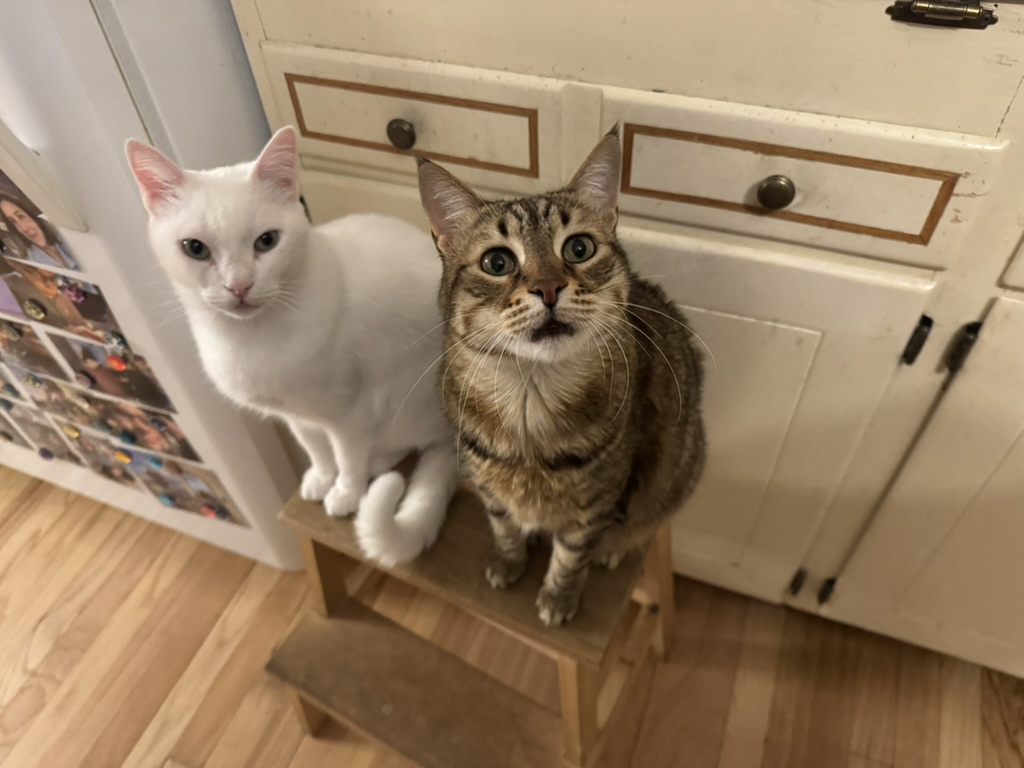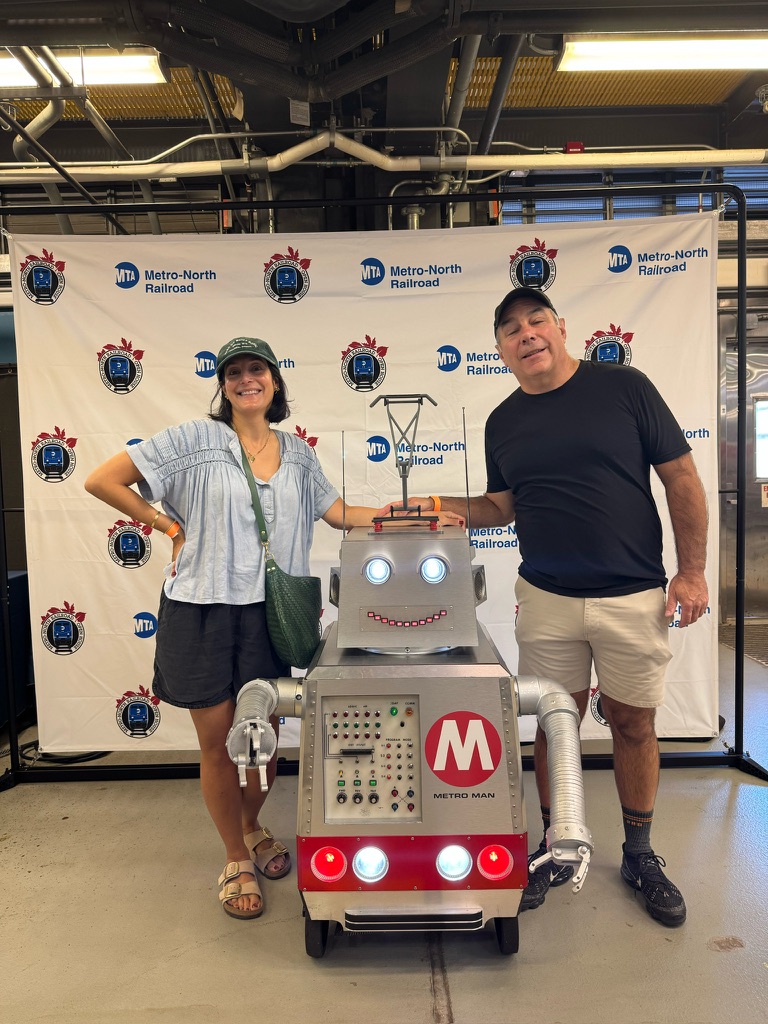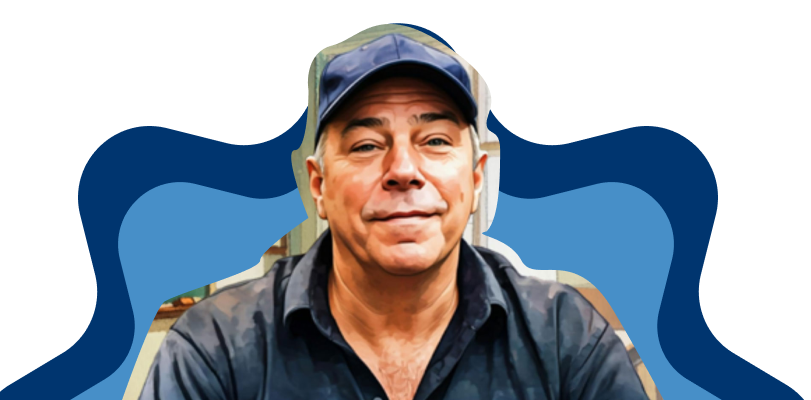Charlie crossed over from Cub Scouts to Boy Scouts last week. After a brief ceremony, he crossed a wooden bridge, leaving his Cub Scout pack behind and joining his new Boy Scout troop.
A big day for Charlie. A big day for me, too.
The Boy Scouts in many ways saved my life. Scouting gave me a place where I could learn, grow, and feel safe. It offered me many of the lessons I was not learning at home. I found confidence, compassion, and competence thanks to Scouting.
It’s entirely possible that I learned as much in Scouting as I did in all of my years of schooling.
And that education has paid off in surprising ways.
Today I find myself consulting with newly minted managers, company owners, corporate executives, leaders of large organizations, fledgling entrepreneurs, and even the clergy on leadership, managing people, problem-solving, building organizational culture, and more. I’m hired to teach storytelling, marketing, sales strategy, communications, and public speaking, but before long, I often find myself helping leaders navigate the day-to-day and long-term challenges of being a boss.
Oddly enough, I learned how to manage people while working for nearly a decade at McDonald’s, but I first learned the principles of leadership in the Boy Scouts. That process began early on when I was elected as a patrol leader by my fellow Scouts. Soon after, I began climbing the ranks, ascending to assistant senior patrol leader, senior patrol leader, and finally assistant Scoutmaster.
Each of those stepping stones taught me so much.
I hope that Charlie has the same opportunities to grow.
Part of Charlie’s crossing-over ceremony involved me painting Charlie’s face with four different colored paints, each representing a different Scouting principle.
He didn’t love it.
But as I painted his face, dipping my finger into the four colors and painting lines and circles on his face, I was suddenly struck with the memory of having the same thing done to me. Just before crossing a similar bridge, I, too, had my face painted with the same four colors as Donald Pollock, my future Scoutmaster, explained the meaning of the color.
The memory returned to me like it had happened yesterday.
After crossing the bridge, Charlie was gifted with an arrow, symbolizing his transformation from an Arrow of Light Cub Scout to a full-fledged Boy Scout. When he showed his arrow to me, I was once again smacked in the face with the memory of my own arrow, inscribed with my name, that I had owned and kept safe for years until I became homeless and lost so many of my belongings.
For a moment in time, Charlie’s arrow was my arrow. It felt as if time was folding over on itself, layering the two distant periods in time atop one another.
I’ll never forget it.
This is the power of tradition, ritual, and ceremony. We establish, codify, and preserve traditions and express and celebrate them through ritual and ceremony, because doing so compresses time, bringing the past and present together for a brief but wondrous moment.
For a moment, I was a Cub Scout again, having my face painted, crossing a bridge, and receiving an arrow on the other side.
Tradition, ritual, and ceremony also enhance and entrench the meaning and importance of the values and principles of an organization. They strengthen and solidify our connection to the organization. They make people feel like members of something important. They remind us of the path that we once walked.
Tradition, ritual, and ceremony. Something I also teach leaders today as a critical part of their organizational culture. Oftentimes starting with storytelling.
Something I first learned in Scouting.
Something I was reminded of last week as my son walked in my footsteps.









